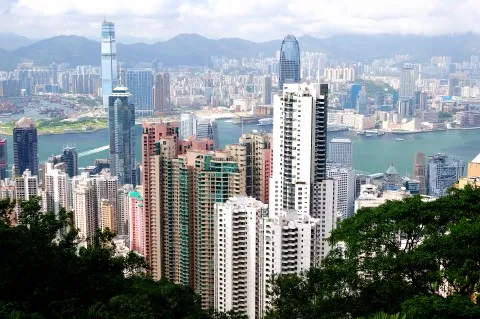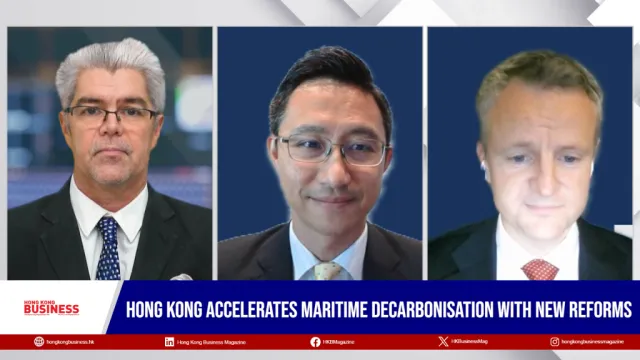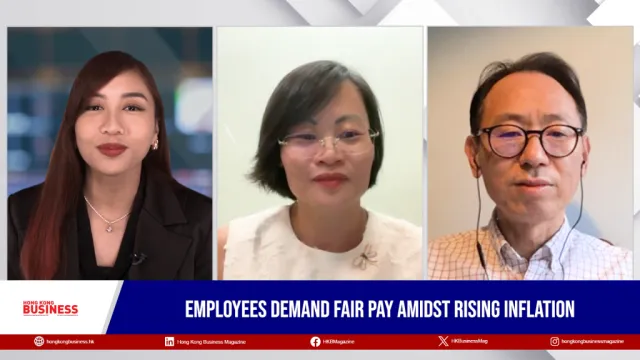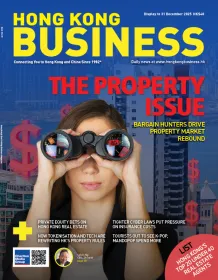
Government rejects calls to relax property cooling measures
The SSD, DSD, and BSD will remain in place.
The government has rejected calls to relax the various schemes designed to cool Hong Kong’s property market even as the sector shows growing signs of slowing down.
Also read: All roads point to a correction for Hong Kong's weakening property market
This includes the Additional Stamp Duty (SSD) which aims to increase the transaction cost for homeowners trading properties within three years of purchase; Double Stamp Duty (DSD) which aims to curb investment demand for buying flats and the Buyer Stamp Duty (BSD) which curbs the desire of people from overseas markets to buy flats.
“Based on the fact that the people of Hong Kong still face difficulties in buying property, the SAR Government has no intention of relaxing the three measures,” Financial Secretary Paul Chan said in a blog post.
Industry players have been calling for a review of the cooling measures that have been in place since 2009 as the once heated property market in Hong Kong grinds to a halt with residential property prices tipped to fall by 15% by end-2019 following a housing bull-run which lasted nearly ten years, data from JLL show.
Also read: Hong Kong price war heats up as developers rush to unload stock
“With housing prices starting to slide, the Government needs to urgently re-asses some of the cooling measures that it has introduced over the years,” Joseph Tsang, Executive Director at JLL in Hong Kong, said in an earlier statement. “We urge the government to remove the Special Stamp Duty (SSD), review the application of the Ad Valorem Stamp Duty (or Double Stamp Duty) and lift LTV ratios.”
“[T]he Government will be in a better position to mitigate the growing downside risks in the macro-environment and orchestrate a soft landing for the housing market by addressing the three measures. That would be in the best interest for Hong Kong,” he added.
However, Chan explained that the government is taking into consideration various factors including the extent and speed of decline in property prices; sales volume; future home supply and overall economic situation in its decision to cool the housing market.



















 Advertise
Advertise








